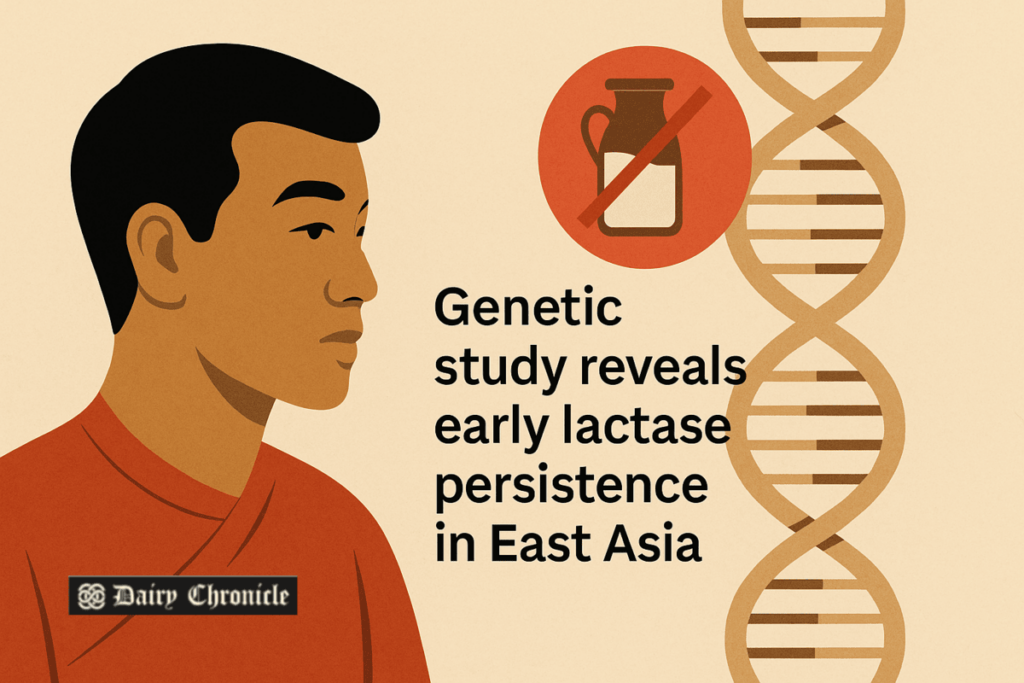Genetic research shows East Asian populations developed lactase persistence before cattle domestication, challenging the traditional link between dairying and lactose tolerance and highlighting diverse evolutionary paths.
Recent genetic research has challenged longstanding beliefs about the evolution of lactase persistence—the ability to digest lactose into adulthood—in East Asian populations. Traditionally, it was thought that lactase persistence evolved mainly as a direct response to the domestication of cattle and the subsequent consumption of dairy products. However, new findings suggest that East Asians began developing this genetic trait before the advent of animal husbandry and dairying practices in their region.
This discovery calls into question the widely accepted gene-culture coevolution model, which proposes that dairy consumption exerted the primary selective pressure for lactase persistence. Instead, the evidence indicates a more complex evolutionary history, where genetic adaptations enabling lactose digestion emerged independently of dairy consumption habits.
Understanding this complexity has important implications for the dairy industry, particularly in markets with high rates of lactose intolerance such as parts of East Asia and India. The genetic diversity in lactose digestion means that consumer needs vary widely, highlighting a growing demand for lactose-free or lactose-reduced dairy products. Tailoring nutritional strategies and product development to genetic predispositions can better serve these populations, opening new opportunities for innovation and market expansion.
Industry Insight
The revelation that lactase persistence can evolve independently of dairy consumption underscores the intricate relationship between genetics and diet. For dairy producers and marketers, these insights emphasize the importance of recognizing genetic diversity in global consumer bases. Offering specialized dairy alternatives, including lactose-free options, will likely become an essential part of meeting diverse nutritional needs and preferences worldwide.



